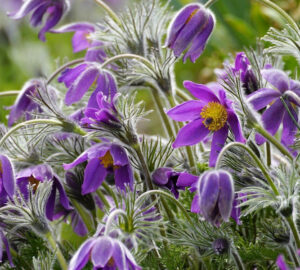As autumn paints the landscape with vibrant hues, gardeners face the annual challenge of dealing with fallen leaves. In this article, we’ll explore which parts of your garden you should rake leaves from and offer creative ideas for putting those golden treasures to good use.
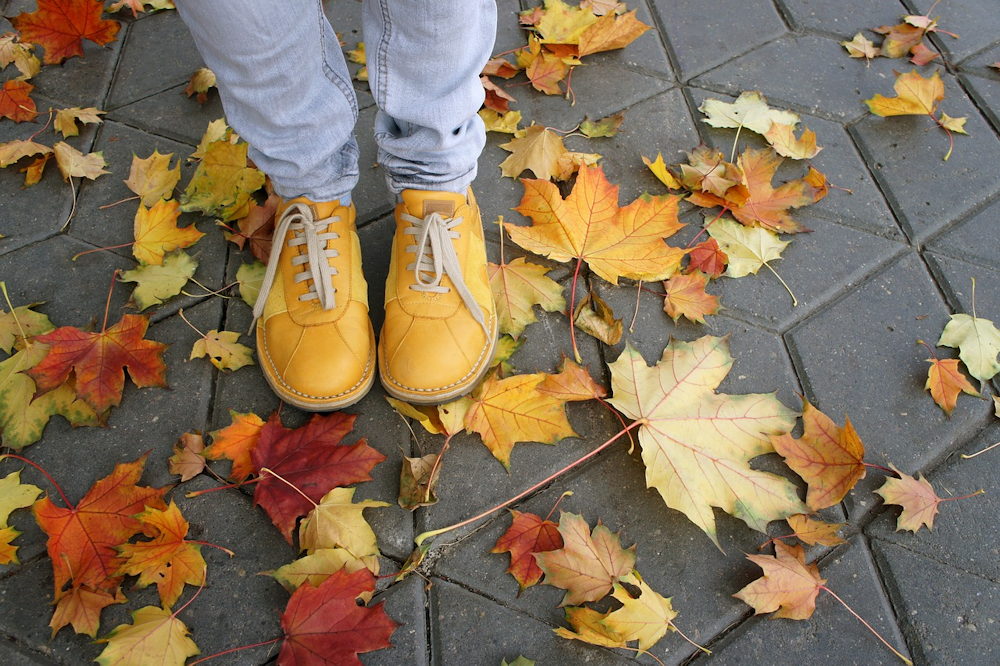
Raking Leaves: Where and Why
When it comes to tackling fallen leaves, a strategic approach can save you time and benefit your garden’s overall health. Here’s a breakdown of which areas you should prioritize:
1. The Lawn
Raking leaves from your lawn is essential to maintain its health. A thick layer of leaves can smother the grass, blocking sunlight and air, which can lead to mold growth and brown patches. Additionally, decomposing leaves may create an uneven surface, making mowing difficult. Regularly rake leaves from your lawn to ensure a lush and thriving green carpet.
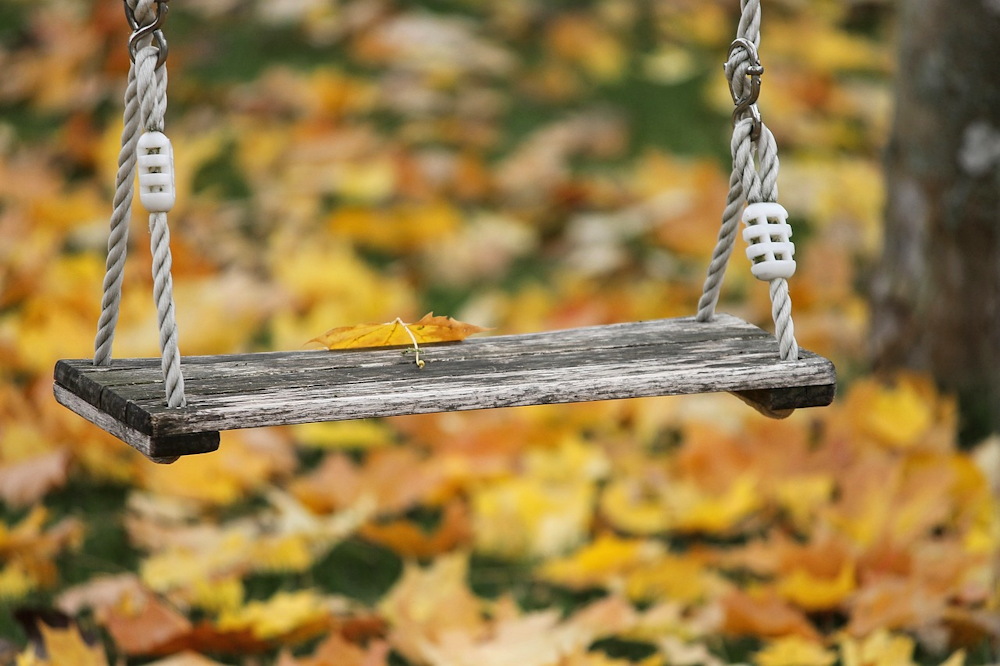
2. Flower Beds and Vegetable Gardens
In flower beds and vegetable gardens, removing fallen leaves is a bit more nuanced. While it’s crucial to clear large piles that can harbor pests and diseases, a thin layer of mulched leaves can provide insulation and protection for your plants during the winter months. Shredded leaves can be worked into the soil to improve its structure and fertility, enhancing the overall health of your garden beds.
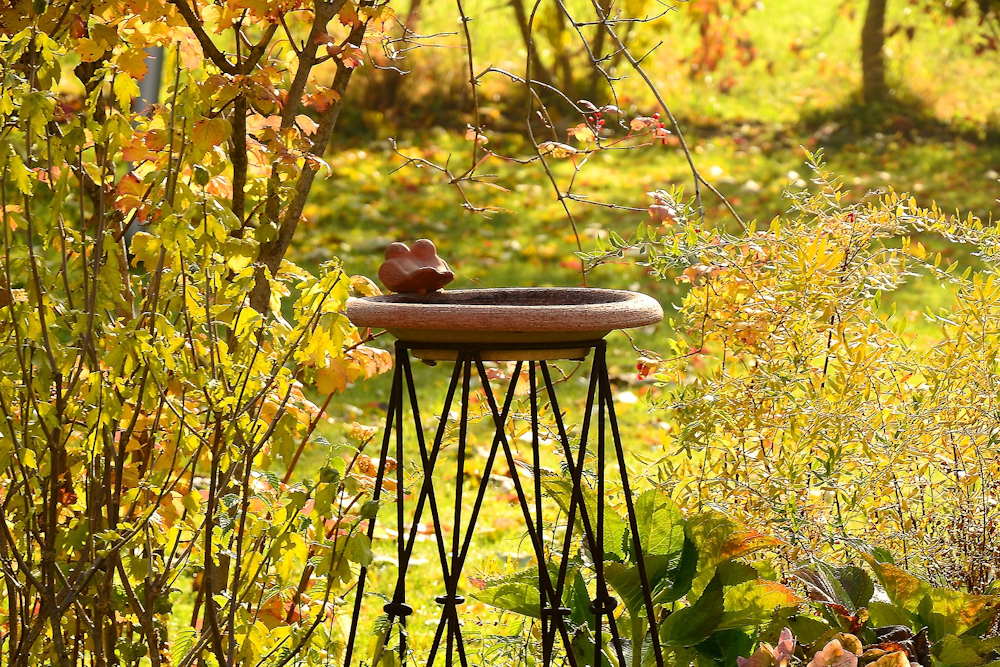
3. Walkways and Paths
Raking leaves from walkways and paths isn’t just for aesthetics; it’s also about safety. Wet leaves can become slippery, increasing the risk of accidents. Keeping these areas clear not only enhances the garden’s appearance but also ensures a safer environment for you and your guests.
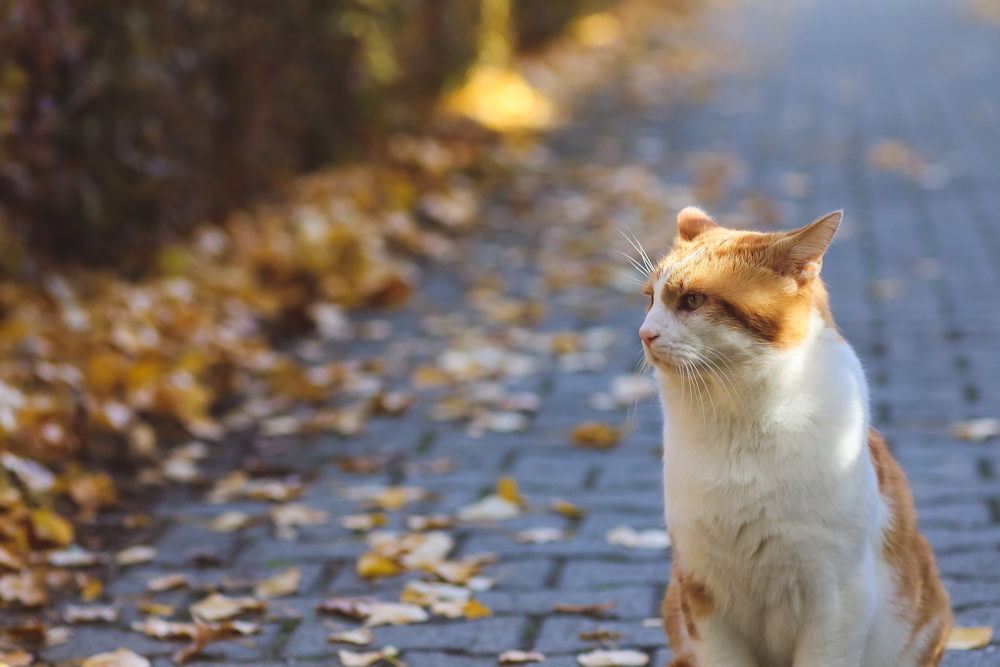
4. Shrubs and Trees
In contrast to popular belief, you don’t need to rake leaves from around your shrubs and trees. Fallen leaves can act as a natural mulch, insulating the roots, regulating soil temperature and enriching the soil as they break down. However, if the leaf layer becomes excessively thick, you should thin it out to prevent mold growth and pests.
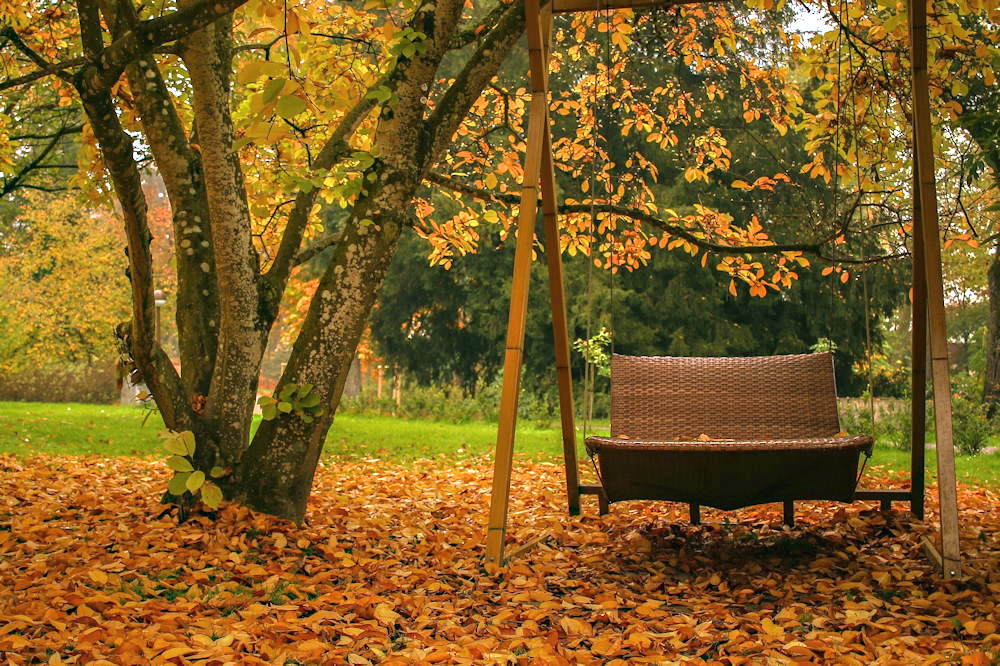
5. Natural Areas and Wildlife Habitats
While it’s essential to maintain cultivated areas, consider leaving fallen leaves in natural corners of your garden. These leaves provide valuable habitat and food sources for insects, birds and other wildlife. Embracing a bit of wildness in your garden can contribute to biodiversity and ecological balance.

Making the Most of Your Raked Leaves
Now that you’ve raked the leaves from various garden areas, the question remains: what should you do with them? Here are some creative and eco-friendly options:
1. Composting
One of the best ways to utilize fallen leaves is by adding them to your compost pile. They provide essential carbon-rich “browns” to balance the nitrogen-rich “greens” like kitchen scraps. Shred them for faster decomposition or layer them with other compost materials. The resulting compost will enrich your garden soil with valuable nutrients.
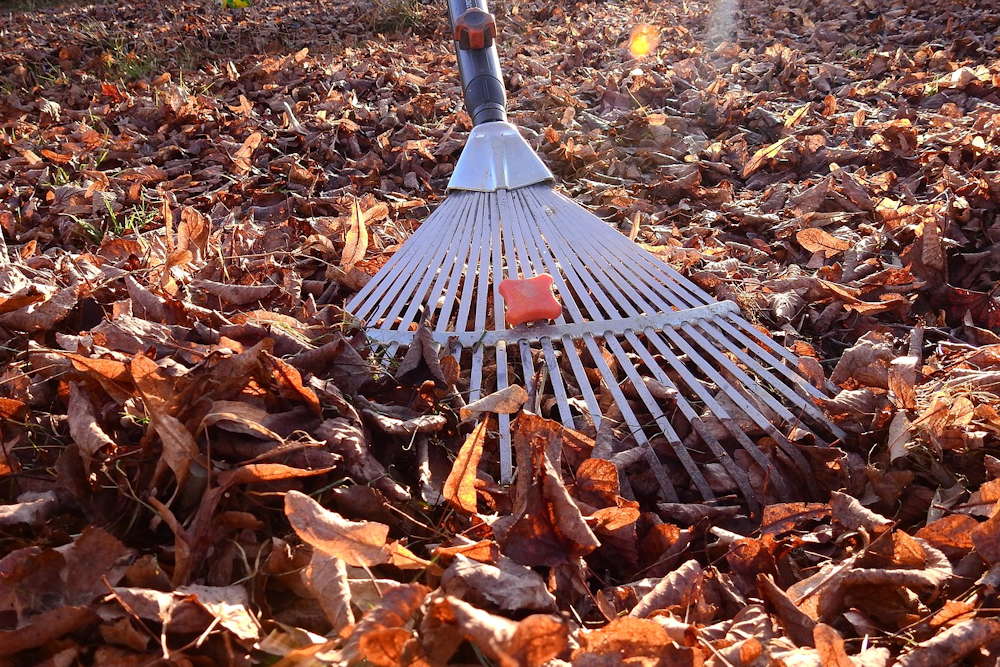
2. Mulching
Chopped or shredded leaves make an excellent mulch. Spread a layer of leaves around your plants to retain moisture, suppress weeds and regulate soil temperature. Over time, they will break down, further enriching the soil.
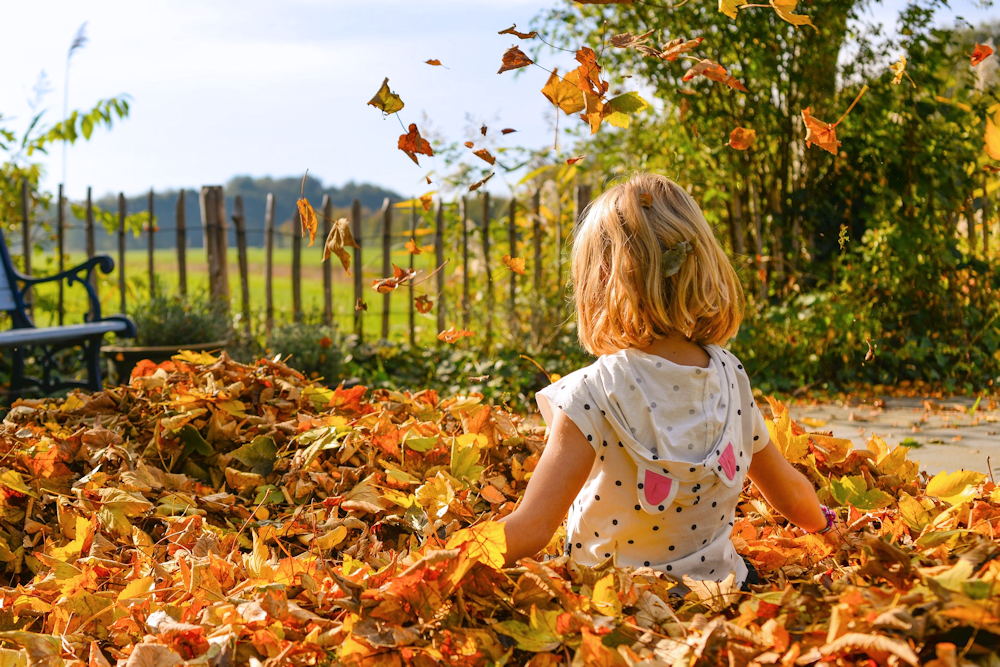
3. Leaf Mold
Leaf mold is a fantastic soil conditioner. Create a separate pile or enclosure for leaves and let them decompose for a year or two. The result will be a dark, crumbly substance. Mix it with your garden soil to improve its structure and water-holding capacity.
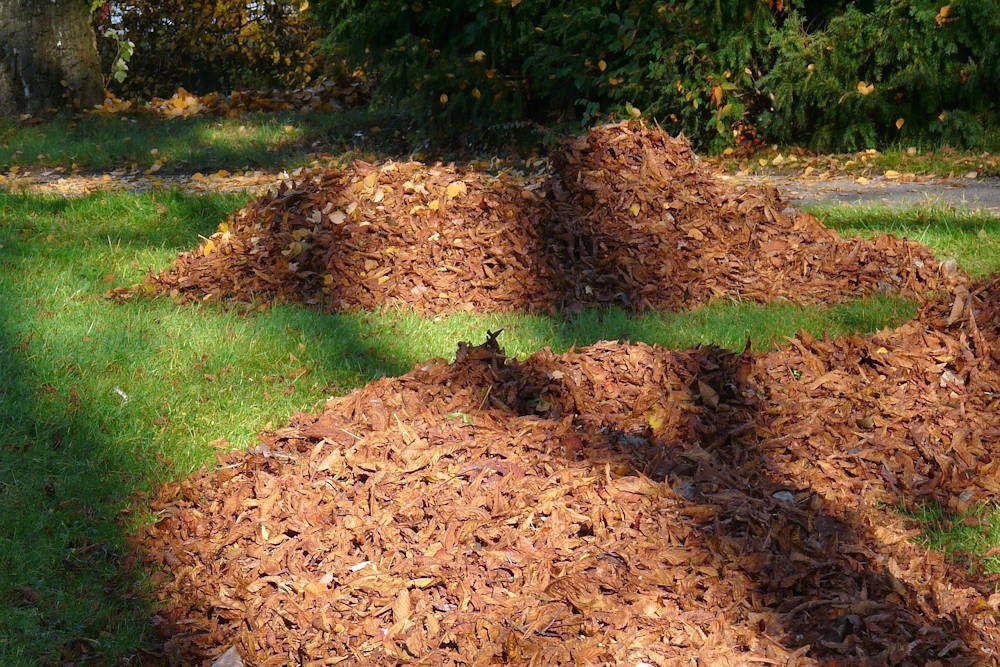
4. Insulation for Perennials
In colder regions, you can use leaves to insulate perennial plants. Pile leaves around the base of the plants before the first frost to protect them from harsh winter conditions.
Embrace the Circle of Life
Incorporating fallen leaves into your garden’s ecosystem is not only eco-friendly but also a testament to sustainable gardening. It’s a small step towards reducing waste and nurturing the natural balance of your outdoor haven.
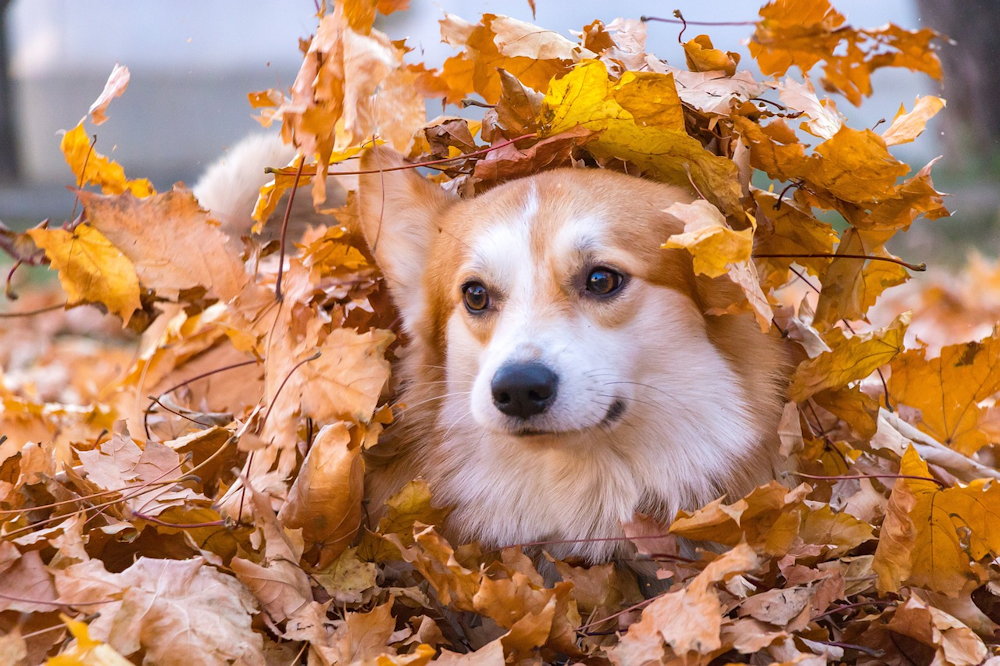
Embrace Autumn’s Bounty
As autumn leaves fall and blanket your garden, remember that they are not merely a chore but a valuable resource. By strategically raking leaves from lawns and paths while allowing them to enrich your flower beds, shrubs and trees, you can maintain a healthy garden ecosystem. Furthermore, turning those fallen leaves into compost, mulch or leaf mold adds a sustainable, organic touch to your gardening endeavors. So, this autumn, embrace nature’s gift and let your garden flourish with the vibrant colors and nourishment of fallen leaves.









